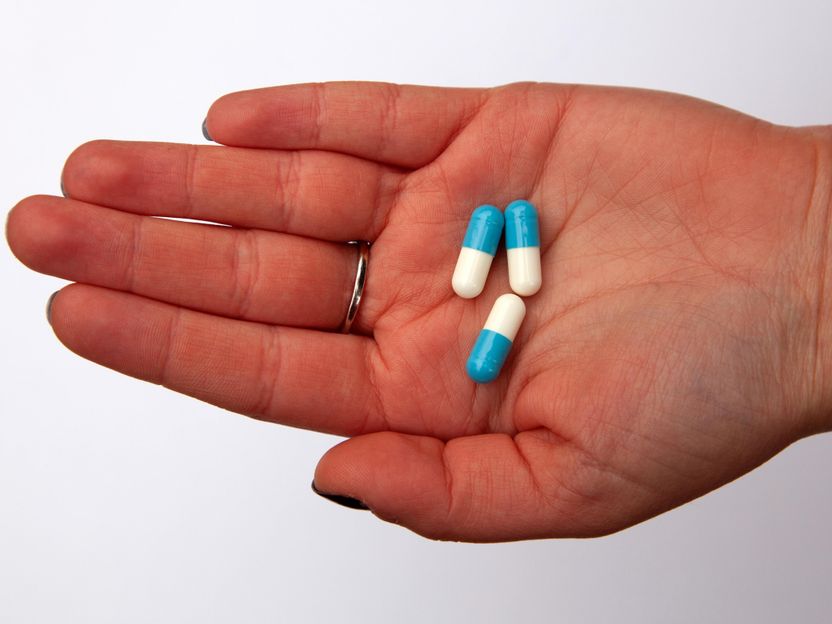Fighting resistances: Concepts for new antibiotics
"Bacteria that are resistant to several drugs can become as great a threat as the current Corona pandemic if countermeasures are not taken in time"
Advertisement
Increasingly insensitive to standard drugs: Multi-resistant pathogens are spreading worldwide and even in the near future could threaten the safe treatment of deadly infectious diseases. However, the urgent demand for new antimicrobial agents is offset by a glaring lack of investment into their research. In an article in Nature Reviews Chemistry, the international research alliance IRAADD presents forward-looking strategies that could be used to solve the problem. Scientists at the German Center for Infection Research (DZIF) are playing a leading role.

Symbolic image
Unsplash
"Bacteria that are resistant to several drugs can become as great a threat as the current Corona pandemic if countermeasures are not taken in time," explains Prof. Dr. Rolf Müller, Director of the Helmholtz Institute for Pharmaceutical Research Saarland (HIPS), a site of the Helmholtz Center for Infection Research, and DZIF Coordinator for New Antibiotics. "The question is not if, but when it happens."
Rolf Müller is the coordinator of the "International Research Alliance for Antibiotic Discovery & Development" (IRAADD ) and one of around 40 international researchers who want to jointly avert this imminent threat of resistance to antimicrobial resistance (AMR for short). In the current article, they and other partners present concepts that are intended to sustainably bridge the gap between pure research and industrial implementation and create a pipeline that generates new, effective antibiotics for the future.
AMR: Depressing figures
The figures speak for themselves. The misuse of antibiotics in medicine and animal husbandry has significantly increased the number of pathogens that have become insensitive, i.e. resistant, to several active substances. It is already estimated that at least 700,000 people worldwide are dying of infections caused by multi-resistant pathogens because the drugs are no longer effective. Scientists predict that without research the figure could possibly reach ten million dead by 2050.
"While almost 4000 cancer drugs are currently in development, only 30 to 40 new antimicrobial agents are in clinical trials at present. Less than a quarter of these drugs in the development pipeline represent a new class of active substances or have new mechanisms," Müller emphasizes . And none of these drug candidates is effective against the pathogens classified as priorities by the WHO.
A strategy for the discovery and development of new active substances
In its position paper, the international alliance proposes both short-term and long-term solutions for sustainably tackling the problem of resistance in a sustainable way and filling the pipeline. The aim is to pool forces from the public, academic and industrial sectors. Three major topics are presented in the position paper: the discovery of new active substances based on synthetic, low molecular weight substances and their optimisation up to clinical studies; second, the development of new active substances based on natural substances, the success of which will depend in particular on new innovative processes, and third, the potential obstacles and the optimisation options from a candidate substance to a finished drug.
Strong together: Academic Research and Industry
"What we propose in this position paper goes far beyond individual measures for research," Rolf Müller explains. "We are planning a whole new dimension of interaction between the various stakeholders and the academic disciplines around the topic of AMR." In his view, this is the only way to avert the danger of rising death rates from infections.























































